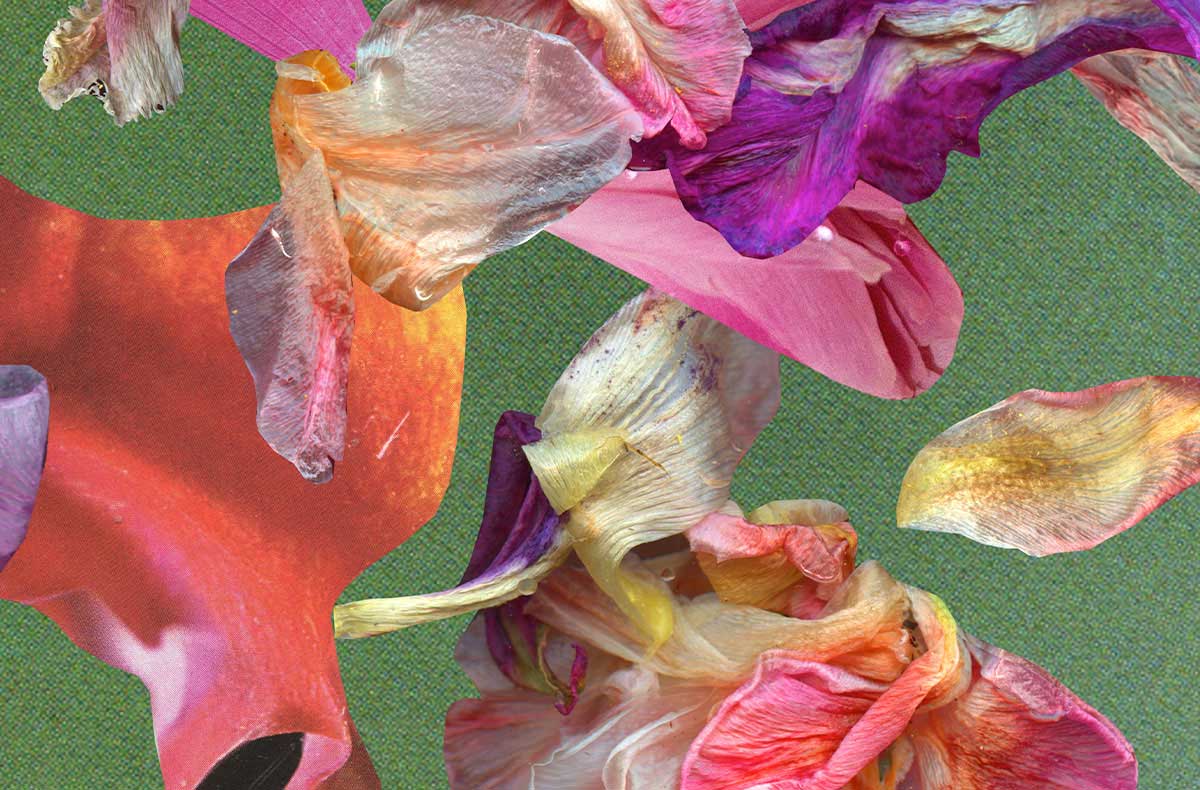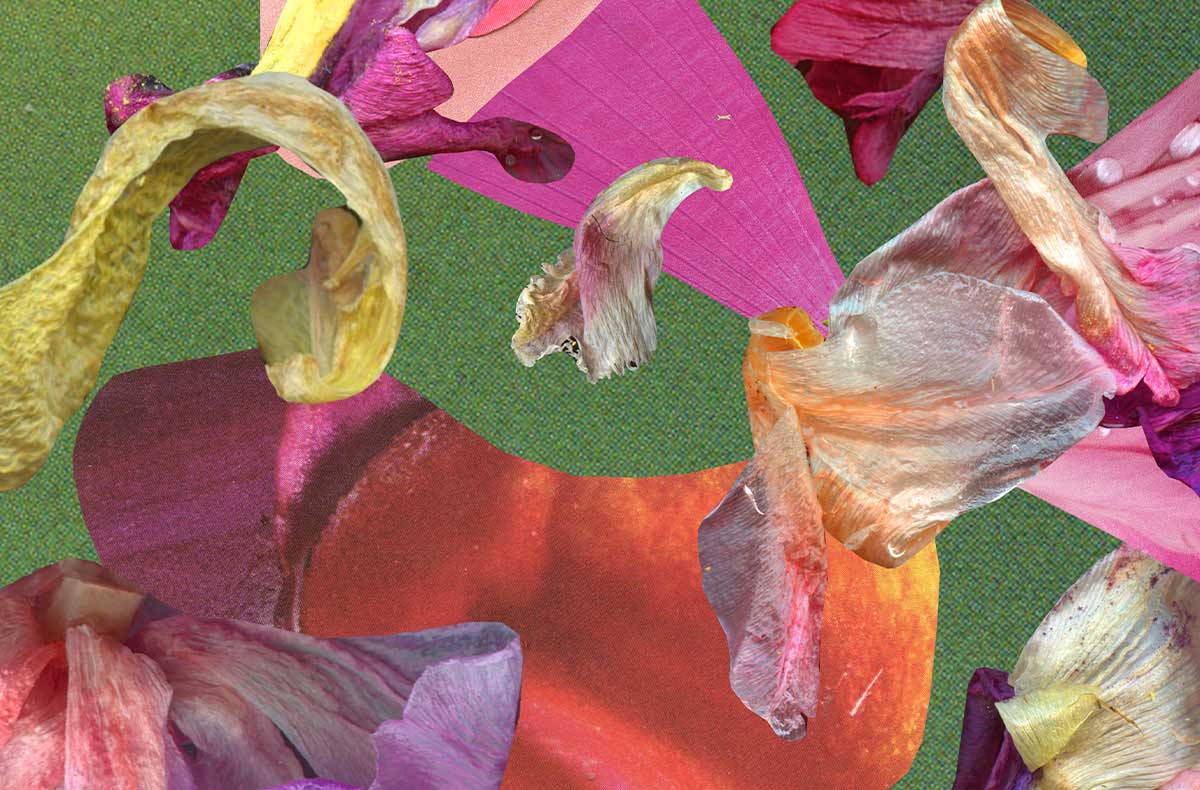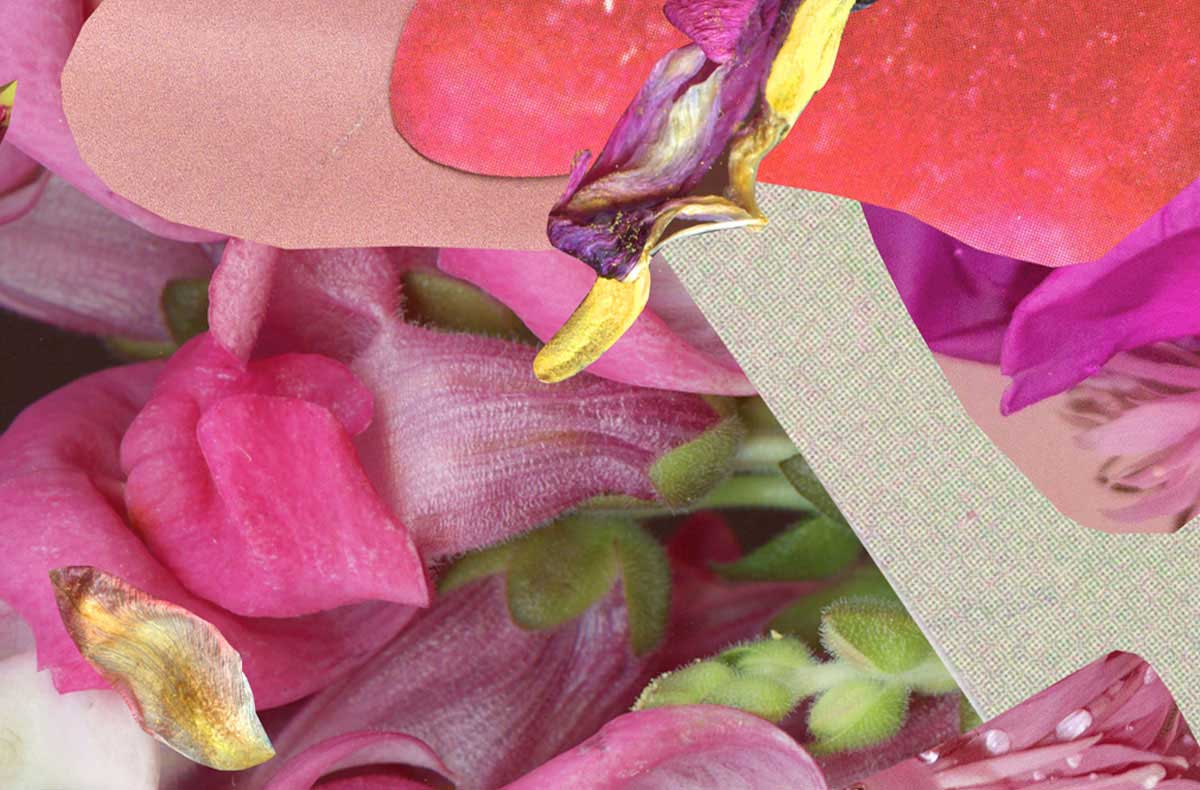By David Maggs, Metcalf Fellow on Arts and Society
Happy September all. I hope everyone enjoyed a wonderful summer, filled with as much art and as little wildfire as one can hope for these days. Here at Metcalf, we are eager to jump back into the work of strengthening Canada’s cultural nonprofit sector amidst the conditions of uncertainty and disruption we are all facing. If anything, these conditions seem to have taken up more permanent residence as we’ve taken stock of our post-pandemic circumstances. This might not be easy, but might not be awful either. So much rides on how we respond over the next decade.
As you know from recent discussions, a central preoccupation of mine is the gnawing issue of viability. Can we keep delivering cultural activity to Canadians in more or less the same ways as we have for decades, or have we, like other areas of life recently, hit an inflection point? Is our form of cultural production keeping up with rapidly evolving forms of cultural participation? Or are we losing access and relevance by the day?
I want to put myself squarely in sight here. My worry that we are not innovative enough, that we stick too much to the old things and old ways no matter how new the world gets, stems entirely from my dependence on the redemptive power of the arts. I cannot live in a world without that. My nattering on about innovation and change is driven not by the desire to get rid of something, but, paradoxically enough, by the need to keep it with us forever.
This sense of a viability crisis that I encounter in discussions with arts leaders across the country, has begun to remind me of the climate crisis in its earlier days — hard to establish, slow moving, non-linear, with lag effects and vested interests that make intervening difficult and controversial. In wondering how to work within the growing and contentious concern over viability, I am reminded of my favourite climate change cartoon, in which a presenter identifies some of the goods that will come of tackling climate change (e.g. energy independence, preserving rainforests, green jobs, livable cities, and healthy children), to which a climate denier in the audience asks, “What if all this is a hoax and we create a better world for nothing?”
There’s a lot about our sector we know we need to fix. Maybe that’s because we’re about to fall apart completely, or maybe it’s because everything is only almost perfect. Either way, we can allow the viability concern just enough air to get us moving on making things better anyway. To take our post-pandemic restlessness and get to work. Here, I want to briefly introduce the themes that will preoccupy our upcoming activity in this regard. Each topic will get deeper exploration in the coming months of dispatches and discussions, but for now, here’s a quick peek at what’s on the horizon.
A Copernican Revolution?
Inspired by Manifesto for Now and others, I am intrigued by the possibility of a Copernican Revolution underway in the arts. Similar to when astronomy shifted from understanding the universe as centred around Earth to centred around the Sun, is the centre of our universe about to flip? Are we moving from a sector centred around the needs and visions of the artist to one centred around the needs and expectations of audience and community instead? If so, what does it mean to begin working in this new universe? My recent discussion with Gideon Arthurs began exploring this question in terms of what this metaphor really means, and how ready we are to begin working within it. If we are about to step into a new cosmology of an audience-centred universe, how do we prepare for that?
Arts and Impact
A critical skill in the new cosmos is the ability to navigate the relationship between making art and making impact. The transactional world of public funding demands evermore explicit relationships between public dollars and public goods, which gives us a challenge: can the arts operate as a social benefit sector? Can we stand beside the likes of health, education, environment, and others in a clear and public perception of delivering essential social goods? In attempting to do so, can we hang on to the core capacities of the arts that are hard to measure and not lose ourselves to the ancillary preoccupations that are easier to measure? This raises unique concerns and challenges for arts and culture. Namely, the distinctions between cultural impact and social impact, the difference between identifying the usefulness of art versus making art useful, Western society’s general clumsiness and blindness with recognizing what cultural needs even are, and the capacity our sector requires in order to announce, prove, and deserve our place amongst Canada’s social benefit sectors.
Arts and the Climate Crisis
After another summer of wildfires, positive feedback loops got a lot less abstract. Climate change produces wildfires, which accelerate climate change, bringing a process that was once slow and imperceptible roaring into our backyards. And yet we still seem unwilling to mobilize en masse around this crisis. Crippling our ability to do so is the persistence of something I think of as the culture gap. That is, the part of this crisis that turns on identity, purpose, meaning, belief, value, sense of time and place, self, and world — what I have elsewhere referred to as an overall sense of “being.” Currently, I argue, the culture gap in the climate crisis is larger than the technology gap, or the policy gap, or the knowledge gap. Unfortunately, when arts and culture get involved in the climate crisis, so often we sign ourselves up for the knowledge gap instead. In this, we abdicate our unique and essential role, assuming incorrectly that more information is useful at this juncture, and miss all the rejuvenating purpose the climate crisis will bring to cultural activity.
New Cosmos, New Creations?
In response to the emerging instinct to consider our sector as a system, we can identify nested areas of activity: policy models, funding models, business models, operational models, and creation models. As we begin to think about where experimentation in sectoral rejuvenation is happening, and where it seems to be getting stuck, we may grow curious about our creation models — the way artists make art, the materials and tools they work with, the audiences and presentation formats they are building for, and the values underlying their efforts. Are we seeing the same appetite and support for change here as with policy or operational models? Or are we hoping that the latter is where we go to fix an ailing sector and that our creation models can simply stay as they are? If cultural nonprofits have a bright future ahead, it’s hard to imagine us getting there without creation models playing a central role in this recovery.
In identifying these different areas of inquiry, we hope to arrive at a constellation of activities that hold genuine promise for restoring the viability of the arts in Canada. While the outputs might be impact investing strategies, repositioning art within the climate crisis, or better support for creative experimentation, our desired outcomes here are greater relevance, purpose, accessibility, and impact. My hope is that an increased capacity for innovation can help us avoid the kinds of changes we don’t want to see, that doing new things will keep the irreplaceable value of the old things from disappearing. As always, I look forward to your feedback and tackling these topics deeper over the coming months.




